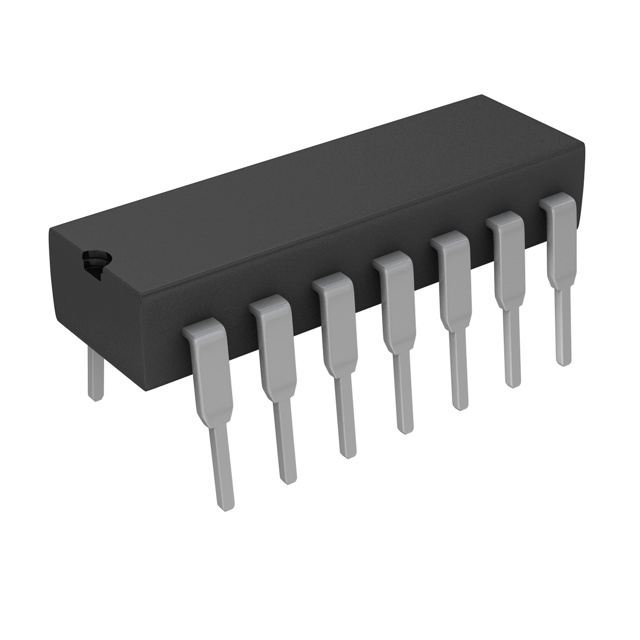

Texas Instruments
MSP430F2002IN
Microcontrollers




.png?x-oss-process=image/format,webp/resize,p_30)


MSP430F2002IN Description
MSP430F2002IN is a microcontroller (MCU) from Texas Instruments' MSP430 family. It is a low-power, 16-bit RISC architecture-based MCU designed for a wide range of applications, including portable devices, energy meters, and industrial control systems.
Description:
The MSP430F2002IN is an ultra-low-power MCU with an integrated 16-bit RISC CPU. It features a clock speed of up to 1 MHz and includes 2KB of in-system programmable Flash memory, 128B of SRAM, and 10-Bit ADC with 8 channels. The device operates on a supply voltage range of 1.8V to 3.6V and is available in a 20-pin QFN package.
Features:
- 16-bit RISC CPU with high code density and low power consumption.
- Up to 1 MHz clock speed.
- 2KB in-system programmable Flash memory.
- 128B SRAM.
- 10-Bit ADC with 8 channels.
- Low-power modes, including standby, halt, and sleep modes.
- Integrated peripherals, such as timers, watchdog, and UART.
- Active high reset and brown-out reset.
- Available in a 20-pin QFN package.
Applications:
- Portable devices: Due to its low power consumption, the MSP430F2002IN is suitable for battery-powered applications, such as fitness trackers, smart watches, and portable medical devices.
- Energy meters: The integrated ADC and low-power features make it suitable for energy metering applications, such as measuring power consumption in smart grids.
- Industrial control systems: The MSP430F2002IN can be used in industrial control systems for monitoring and controlling various parameters, such as temperature, humidity, and pressure.
- Sensor interfaces: The integrated ADC and low-power features make it suitable for interfacing with various types of sensors, such as temperature, humidity, and pressure sensors.
- Home automation: The MSP430F2002IN can be used in home automation systems for controlling and monitoring various devices, such as lighting, HVAC, and security systems.
In summary, the MSP430F2002IN is a low-power, 16-bit RISC-based MCU from Texas Instruments, designed for a wide range of applications, including portable devices, energy meters, industrial control systems, sensor interfaces, and home automation. Its key features include a high code density RISC CPU, integrated Flash memory, SRAM, ADC, and low-power modes.
Tech Specifications
MSP430F2002IN Documents
Download datasheets and manufacturer documentation for MSP430F2002IN
 MSP430x2xx User Guide MSP430x20x1,2,3 Datasheet
MSP430x2xx User Guide MSP430x20x1,2,3 Datasheet  MSP430x20x1,2,3 Datasheet
MSP430x20x1,2,3 Datasheet  Material Set 30/Mar/2017
Material Set 30/Mar/2017 Relevant Search
Shopping Guide























.png?x-oss-process=image/format,webp/resize,h_32)










